How to Change Diapers - Top Tips from a Mother of TRIPLETS
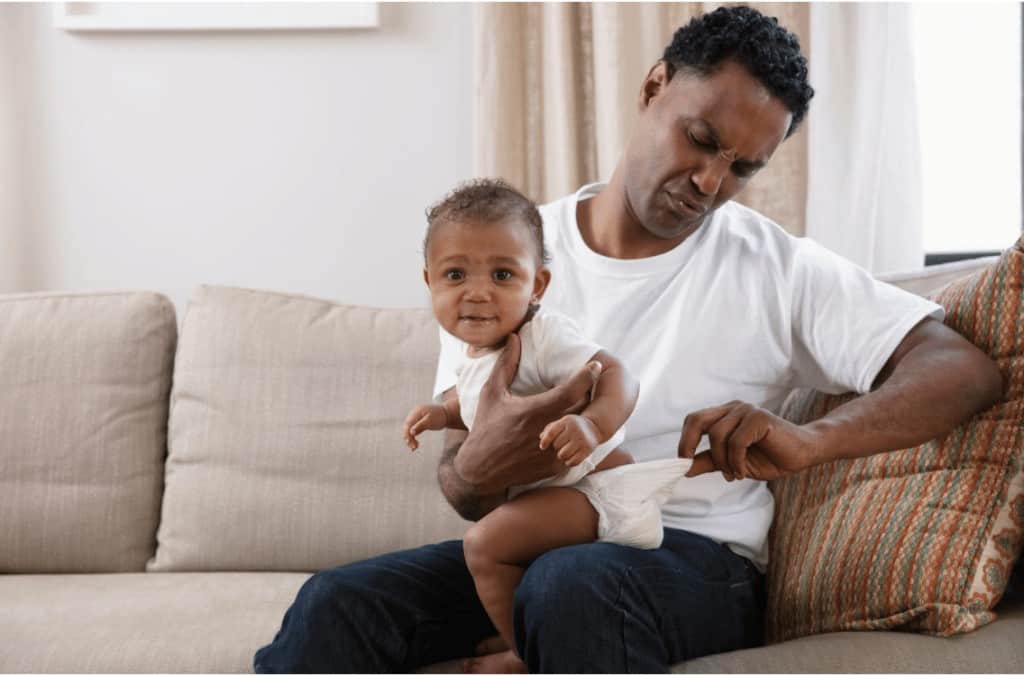
How to Change Diapers - Table of Contents
Many times we have seen parents dreading and fretting over those diaper changes, and trust me, for the initial few days you will struggle with the same. We have helped a few of our friends and colleagues in easing out their anxiety about diaper changes by educating them about the do’s and don’ts and the rights and wrongs.
What we have understood with our personal experience and observed is that parents really don’t know the RIGHT way of changing diapers. Hence as parents of four (1 daughter followed by triplets) we felt it was essential for us to take up – ‘How to Change Diapers’. By adopting the right routine, you can actually avoid diaper rashes by simply ensuring you are doing things right and applying the right diaper rash creams.
In-fact some of our friends insisted on actually taking up this topic first.
Basically babies go through 8 to 12 diapers a day, which means about 300 diapers a month. 300 changes will turn you into an expert in no time. With enough practice, you will be able to change diapers in your sleep.
But to become an expert, you should know where to start. So to help you in one of your first tasks of parenting, let us look at ‘How to Change Diapers’.
There are a few things that I will be covering in this topic to help address some of the commonly asked questions and my personal anecdotes to ease you into your role as caregivers in diapering newborns.
When to Change Diapers
Even before the question – How to change Diapers?, the first very first question that comes to every parent’s mind is – When to change Diapers?
When we started using diapers for my daughter, the first question we had was how would we know if she needs a diaper change?
We gradually started understanding the poop face that newborns make and eventually understood her cycle better; however, that does not mean we stopped checking her diapers.
A new-born baby usually grunts and makes a poop face (you will know the look) which will give you a clue that it is time for a change. As the baby grows it becomes a little difficult to tell. A quick check of the diaper from time to time will help you determine if the baby needs a diaper change.
You can check the wetness indicator if the diaper has one. If you don’t have a wetness indicator, you can check through the leg holes or waistband to know if the diaper is soiled.
Changing a newborns diaper as soon as possible helps avoid skin irritation and rashes. So, keep checking often to keep your baby clean and healthy.
Read this next
Things you will need
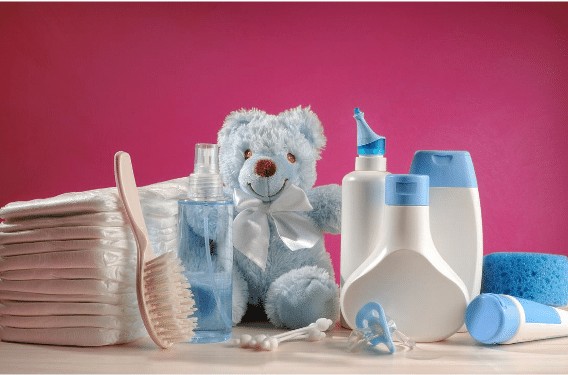
Just like a chef is well prepared with all the ingredients for a dish in advance, making it easier for him to cook the dish quickly, similarly keeping all things you need for diapering ready and handy will make your diaper changing experience quick, easy and hopefully mess free.
So before you start on How to Change Diapers, here are a list of things you need to be ready with, before your newborns diaper change:
- Diaper— Thumb Rule of Diaper Change – Make sure you have clean diapers (cloth or disposable, whichever you are using, in the right size) nearby when you are changing the baby. You don’t want to go hunting for them at the last minute.
- Diaper Wraps & Inserts—If you are using cloth diapers, keeping extra inserts is a good option. Change only the inserts if the whole diaper is not soiled. But in case the whole diaper is affected you will have to use a new diaper wrap and insert. Keep extras of both ready for such a situation.
- Diaper Cream/Natural Moisturizers—If your baby has redness or rashes using a diaper rash cream will help soothe the irritation. You may not need it always, but keep it close in case you require it. You can also try some home remedies for diaper rash to keep the rash at bay by using some natural ingredients as well. You can also refer to our post of 5 Best Diaper Rash Cream Easy to make DIY.
- Clothes—Pooplosions may cause not just a dirty diaper, but also dirty clothes. So keep a few baby clothes handy. We would actually changed our baby’s clothes after every diaper change. It really makes the baby feel fresh.
- Disposable Bag—Dirty diapers need to be thrown, so keep disposable bags ready. Ensure these a different as the diapers tend to stink a lot if directly thrown into the bin. In case you are using cloth diapers, keep a tray or basket with you. Rinse the cloth diaper insert immediately, but you can wash them later once you collect enough clothes for laundry.
- Sanitizer—This has become THE MAGIC WORD in the Covid 19 times. Well while changing diapers it is essential for you to sanitize the changing area before and after using the changing table and changing pad ensuring the area is germ free and safe for use next time. You can also use it to sanitize your hands if needed.
- Wipes/Cloth/Cotton Balls—You need wipes to clean your baby’s tush before you can diaper them again. You can even use clean cloth or cotton balls with warm water. For babies with sensitive skin, cloth or cotton balls should be preferred over wipes as per pediatricians. Always remember wiping your baby’s bottom is the first thing to do as soon as you remove the diaper. Do it gently and wipe into the skin crevices to ensure poop or urine is removed properly.
- Warm Water—If you prefer to use cotton balls or cloth instead of wipes then you need to keep warm water ready. Water and cotton make a gentle cleaning combination. Then you can further clean away with wipes as well if needed. Remember to dry your baby’s bottom properly before you have the other diaper on.
- Changing Table/Changing Pad/Changing Mat—It is not mandatory to use changing table or pads, but if you are using them make sure you secure the baby in the straps provided and follow the instructions to secure the pad to the table. It is less tricky to change diaper of a newborn as they only wriggle a little, but once they are a few months old, they are ready to crawl and roll around. Leaving them unstrapped on the table is a disaster waiting to happen. Secure practices from the start will help you keep the baby safe. Changing mats and portable changing pads are also good options when diapering newborn especially while traveling.
- Diaper Bag— To ensure that you can promptly get on with the step by step guide on How to Change Diaper, having a diaper bag ready with the essentials listed above will help you change the baby on the go anytime, anywhere. You can use a clean towel/changing mat/portable changing pad instead of a regular changing pad when you are not at home. We had actually made a diaper basket for changing in the house and a diaper bag for changes whilst traveling or when out of home.
- Distraction—If your baby is restless and does not stay still, keep a few toys around or a music box to distract them. You can make your own diaper change song which you could sing while diapering newborn. Over a period of time when you regulary sing the same song or tell the same story with a big smile, baby gets comfortable which eases your diaper change. You could also come up with a story like poop monster and diaper knight. Over a period of time when you regularly sing the same song or tell the same story with a big smile, baby gets comfortable which eases your diaper change.
- Fasten the Diaper (sticky tape diaper) —Using a powder or a lotion is optional. Once you have applied the necessary things, close the diaper. Bring the front of the diaper over the belly and then open the tabs and secure them on the fastening surface of the diaper. If you do not have a special diaper for a newborn that has an umbilical cord cut out then fold the normal diaper you have so that it avoids the cord. You should be able to insert two of your fingers through the waistband comfortably to make sure the diaper is not too tight.
- Dress the Baby—If the clothes were soiled dress the baby up in fresh clean clothes. If the clothes are clean, you can dress the baby up in the same clothes. But it is a good practice to change the clothes every 5 to 6 hours. We used to generally change clothes with every diaper change, just so to freshen up the baby.
- Throw Away Dirty Things—Make sure you throw away the used diapers, wipes, cotton balls, etc. into a diaper bin or a specific device like the diaper genie. Sanitize the changing pad and changing area for future use. These small things make a huge difference and form basic of changing a diaper.
- Clean Hands Again—Clean both your and your baby’s hands, in case there is any ointment or poop residue left on the hands. It will prevent contamination and infection. This should be practiced with every diaper change.
- Eat, Sleep, Diaper, Repeat—Enjoy the few hours before you have to carry out the entire process again. Changing diapers is going to be a major part of care-giving for a few years so be prepared. Remember ‘how to change diapers’ step by step like the back of your hand and you will become a pro at it in no time.
How to Change Diapers: A Step-by-Step Guide
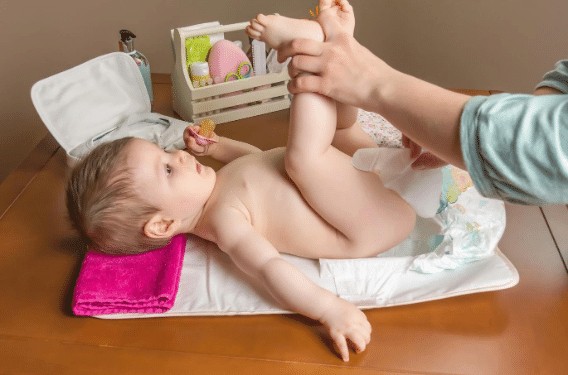
To ease out your pressure of being a mom, follow these simple steps mentioned in – How to Change Diapers – and be stress free.
I am sure these steps, on how to change diapers, will prove helpful in preparing you with everything related to your newborns diaper change:
- Clean Your Hands—Before you start diapering your baby, make sure your hands are cleaned with a disinfectant soap or a sanitizer.
- Keep Things Ready—All the essentials mentioned in the list above need to be kept ready to ensure you don’t need to leave your baby unattended to get supplies.
- Sanitize Changing Pad—You need to keep your newborn safe and healthy; therefore, sanitize the changing pad before and after you are done diapering. If you are using a towel instead of a changing pad, make sure to use a clean towel and wash the towel once you are done diapering.
- Secure the Baby—Lay the baby on the back and secure the straps so that the baby does not move. If you are using a towel, then keep one hand on your baby at all times. Never remove your hand from the baby, no matter what the circumstances. This is to ensure the baby’s safety.
- Remove the Diaper—Remove the baby’s clothes and unfasten the diaper—tabs, Velcro, pins, buttons or any other fastening method—and raise the tush by holding both the ankles and lifting them. Use the front side of the diaper to clean the baby’s skin if there is any residue left from the diaper on the skin. Once everything is clean slide the diaper away and place it out of the baby’s reach. You don’t want the baby to play in its own poop. Yuck!
- Wipe the Skin—Before you place the lifted bum back on the changing pad use wipes to clean the diaper area of the baby. If your baby has sensitive skin, then use warm water with cotton balls or cloth. Keep the lifted bum back and thoroughly examine the baby if you have cleaned everything properly including the skin folds. You don’t want any residue to be left behind.
- Cleaning a Girl—To wipe a girl, you should always wipe from the front to back to ensure that the baby does not get an infection.
- Cleaning a Boy—Always cover the penis to avoid pee fountains. Clean the area around the penis and scrotum properly. Also ensure the penis points down before you fasten the new diaper to avoid leakages.
- Use a New Diaper—Slide a new diaper below the baby ensuring that the part which contains the tabs is placed below the bum. In case you are unable to determine which side comes to the front, check the diaper box or pack for instructions. Usually the front comes with a design or marking to help you determine that this is the front side of the diaper.
- Apply Rash Cream/ Natural Moisturizers—If the baby suffers from diaper rashes then use a cream or ointment to make sure the baby’s skin is protected. Use a cream that the doctor has prescribed if the child suffers from frequent rashes. Keeping the diaper below will ensure the cream does on spread on the changing pad or towel. Wait till the skin dries before fastening the diaper.
Related Post:
How to change diapers - Few Diapering Tips
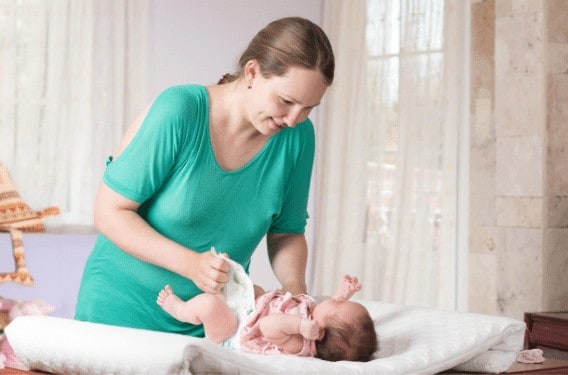
After a few diaper changes, you and your baby will get into a routine. Here are a few tips that can help you even further in your diapering endeavor:
- When trying to change the diaper outside your home, try and find a flat surface and use a portable changing pad or a clean towel. If you cannot find an ideal location, rush to your car and use the trunk as a makeshift changing station. It is flat and has protected sides to keep the baby inside
- Using changing mats or portable changing pads is also a good option when you are traveling. I preferred the changing mats as they are thin waterproof sheets that can be accommodated easily into the diaper bag, and they can also be thrown in the washing machine and dry quickly
- Never change a diaper where you serve or make food
- Sometimes due to breastfeeding or dehydration you may see urate crystalsin the diaper causing the diaper color inside changing to pink with urine. Generally it clears up in a day, but if the colour/ crystals persist contact your pediatrician
- If the baby has recurring rashes, try shifting to diapers for sensitive skin wait a few days and see whether it clears up.
If you still see rashes, it is advisable to contact your doctor at the earliest.
- Follow the instructions given by doctor in case of a circumcision.
How to change diapers – Final Thought
Finally, we know that diaper changing can be a daunting task, and you will want to avoid it at all cost. But unfortunately it is unavoidable. So why not make the best of it.
Try and connect with your little one during this time. Create a special song for diaper changing, play games or just talk to your baby with a broad smile on your face. Who knows, these bonding rituals may just help you look forward to these changing sessions.
Do let us know if you liked my post on – How to change Diapers and if it has helped you eased out your newborns diaper changing process. We would really love to know.
Happy Diapering!

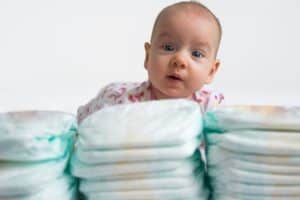
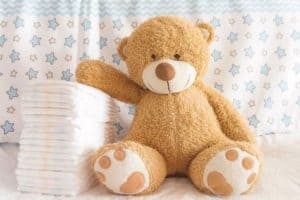
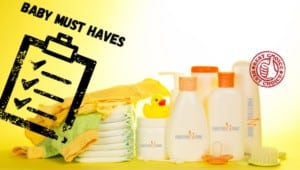
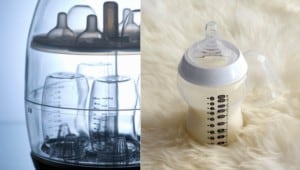
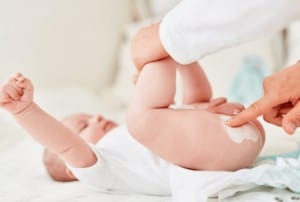

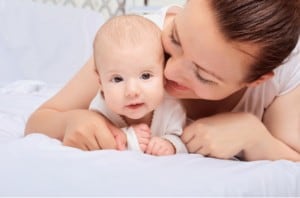

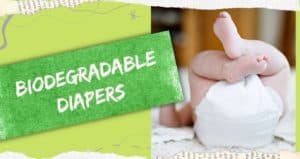


Wonderful tips and I must say you got a great blog, Keep up the good work.
It is really a nice and helpful piece of information. I am glad that you shared this helpful info with us.
Please keep us up to date like this.
Thanks for sharing.